Wargames can be powerful tools for experiential learning, giving participants an opportunity to explore new ideas, scenarios, and the dynamics of conflict. Wargaming has the potential to develop critical thinking and foresight, provides opportunities to exercise decision-making in a ‘safe-to-fail’ environment and helps to develop professional mastery. Wargaming can also assist individuals in developing ‘schemas’, or mental models, a key requirement of pattern matching and recognition primed decision making that underpins the Immediate Decision-Making Process (IDMP) explained in the latest ADF joint planning doctrine ADF-I-5 Decision Making and Planning Processes.
DG TRADOC's Professional Gaming List was released in 2022 (See DGTRADOC's Professional Gaming List 2022 | The Cove). It detailed a small range of either free, readily available (hardcopy print-and-play or online), commercial off-the-shelf (COTS) recreational wargames that were considered suitable to support professional development and education activities for all ranks, corps and SERCAT. The Army Battle Lab has reviewed this list and other COTS wargames to provide a wider selection of suitable manual wargames for this purpose.
Selecting the right recreational or serious wargame is often a difficult task, given the wide range of choices and considerations, especially when undertaken by someone with limited experience employing or playing wargames. There are literally hundreds of commercial board wargames and rules for miniature wargames available (including bespoke serious wargames); however, not all may be suitable for the chosen purpose. Selecting the ‘right game’ can therefore be quite a challenge for novice and expert alike.
The coach/facilitator/instructor should first determine the purpose of the wargame, in order to define the rational for employing a game and what it is intended to achieve. This should also be supported by outlining desired objectives which expands on the purpose of the wargame (these may be linked to specific learning objectives for example). Defining the purpose and objectives assists in the selection of a suitable wargame, with an appropriate theme and context, that will support the potential achievement of the desired learning outcomes. The Army Battle Lab list of wargames has been developed to aid this process. It has been compiled with the assistance of members of the ADC wargaming community of practice and select subject matter experts in Defence.
The list of wargames below is not meant to be exhaustive, but is rather representative of the types of wargames that are currently available. The list recommends wargames to introduce potential players to ‘manual education gaming’ and to suggest wargames that offer players learning opportunities as they explore different approaches to achieving victory in historical or “what if” warfighting scenarios. Some of the wargames on this list have been developed specifically to support educational or analytical purposes. The listed wargames have been grouped into a number of broad professional development themes to assist in selecting an appropriate wargame to meet players’ needs.
Each wargame entry has a brief description of the game, its level of complexity, the time required to play, and suggested number of players; as well as the game’s potential learning value and recommended training audience. Note that if a rank is not included in the recommended training audience this does not imply that personnel of that rank cannot play the game, but rather the learning value may not be as significant for those players. Further information on all the games listed and other wargames can also be found on the Board Game Geek web site at https://boardgamegeek.com/.
Ease of play or the “level of complexity” in this list is described as either Low, Medium, or High. These descriptors and their indicative meaning are outlined below:
- Low Complexity: A game that requires no previous wargame experience. The game can be learnt from the game manual or from online “How to Play” sources (e.g., YouTube or a Manufacturer’s Tutorial). The game may include stepped levels of play, advancing from basic rules to the general rules, and then to more advanced rules and game mechanics.
- Medium Complexity: A game that requires one of the players to have previous wargame experience who has played the game before; or a facilitator with a thorough understanding of the game rules and mechanics.
- High Complexity: A game that requires all of the players to have previous wargame experience, with one of the players having played the game before; or a facilitator with a thorough understanding of the game rules and mechanics and previous wargame experience.
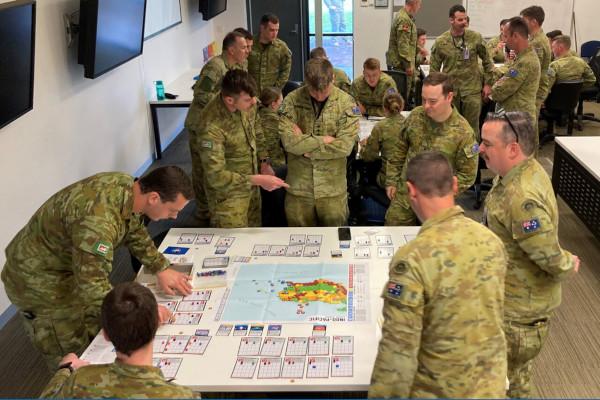
Members of 1st Armoured Regiment play the manual wargame Littoral Commander: Indo-Pacific during a PME session
Serious or professional wargaming should not be perceived as a ‘nerdy’ or childish endeavour which oversimplifies the complexities of war; their utility as potential training tools should be acknowledged by all warfighting professionals. Wargames can be used to enhance our cognitive performance, develop our ability to out-think an adversary, to appreciate risk, to enhance our tactical acumen, and to practice decision making.
My challenge now is, which game will you play today?
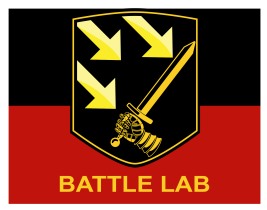
THE ARMY BATTLE LAB PROFESSIONAL GAMING LIST 2025
|
Table 1: Games for Team Building/Team Management Skills |
|
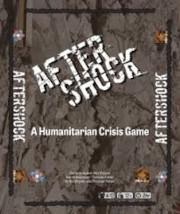
|
|
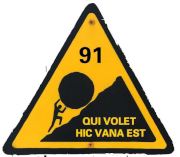
|
|
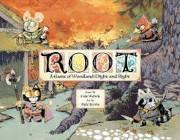
|
|
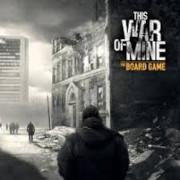
|
|
|
Table 2: Games for Negotiation and Influence Analysis/Skills |
|
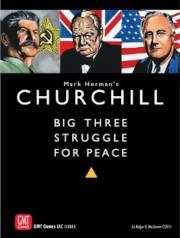
|
|
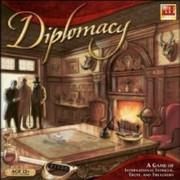
|
|
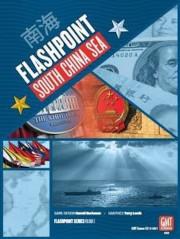
|
|
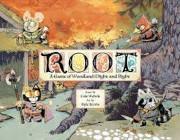
|
|
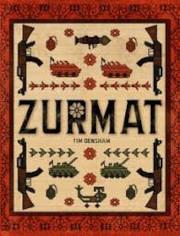
|
|
|
Table 3 – Games for Understanding our Political/Historical Environment |
|
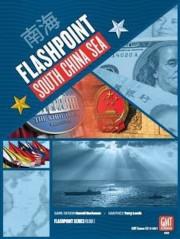
|
|
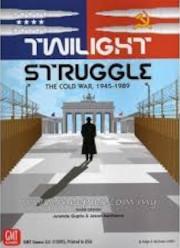
|
|
|
Table 4 – Games for Understanding Modern Conflict – Combat Decisions in Battle |
|
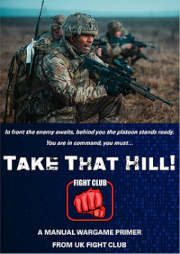
|
|
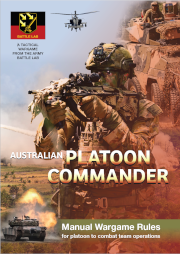
|
|
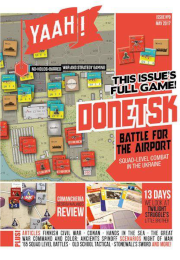
|
|
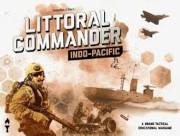
|
|
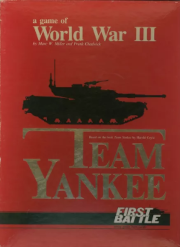
|
|
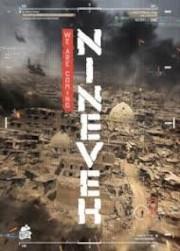
|
|
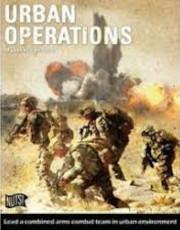
|
|
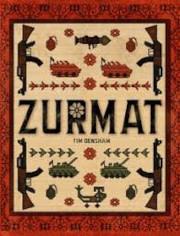
|
|
|
Table 5 – Games for Understanding Modern Conflict – Military Decisions on Campaign |
|
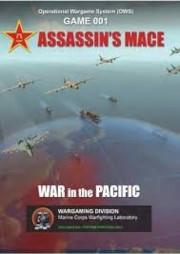
|
|
|
Table 6 – Games for Understanding Decision-Making in History – Combat Decisions in Battle |
|
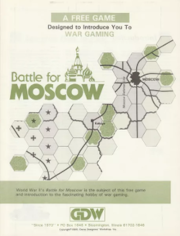
|
|
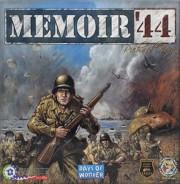
|
|
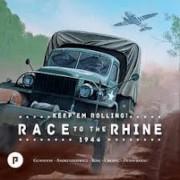
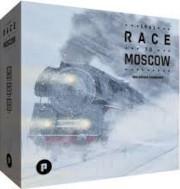
|
|
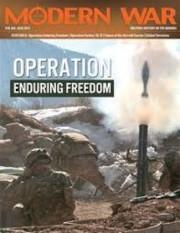
|
|
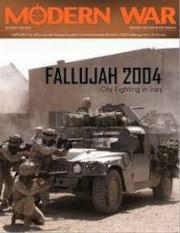
|
|
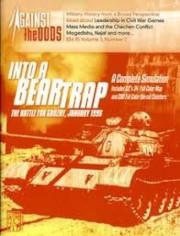
|
|
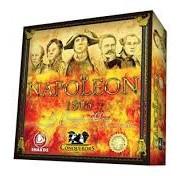
|
|
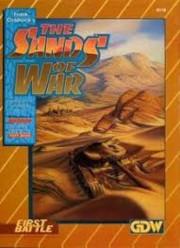
|
|
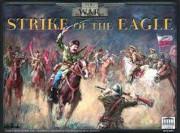
|
|
|
Table 7 – Games for Understanding Decision-Making in History – Military Decisions on Campaign |
|


|
|
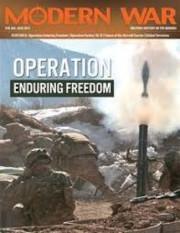
|
|
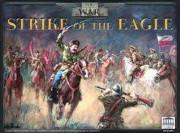
|
|
|
Table 8 – Games for Understanding Decision-Making in History – National Decisions in War |
|
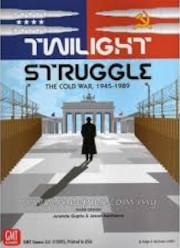
|
|
End Notes
[1] Steam is a digital platform that offers thousands of games and software for PC users.
[2] Vassal is a game engine for building and playing online adaptations of board games and card games. Players can use Vassal to play in real time over the Internet or by email. Vassal runs on all platforms and is free, open-source software.
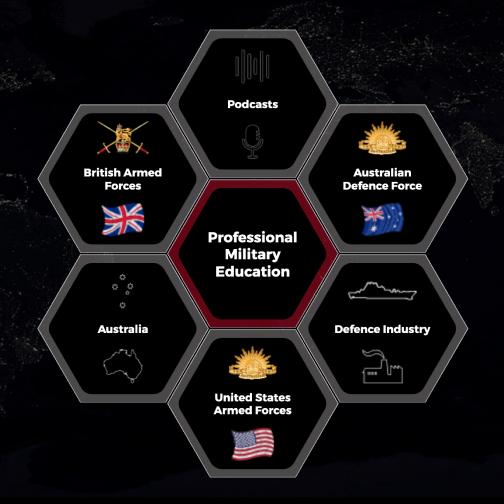
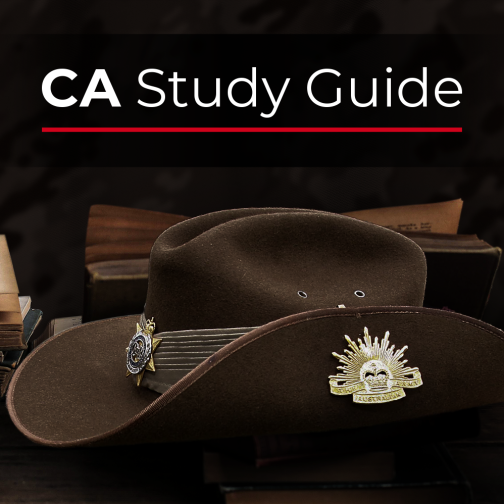

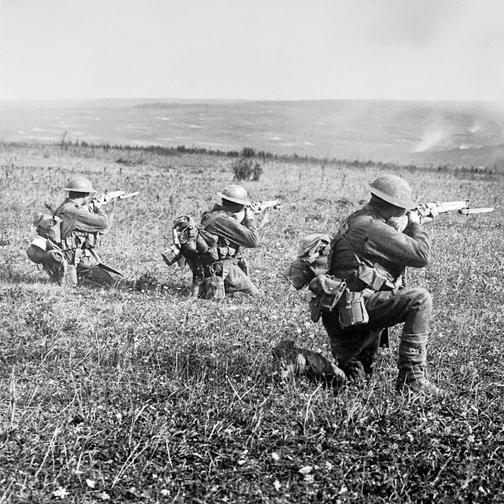

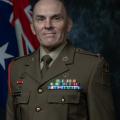
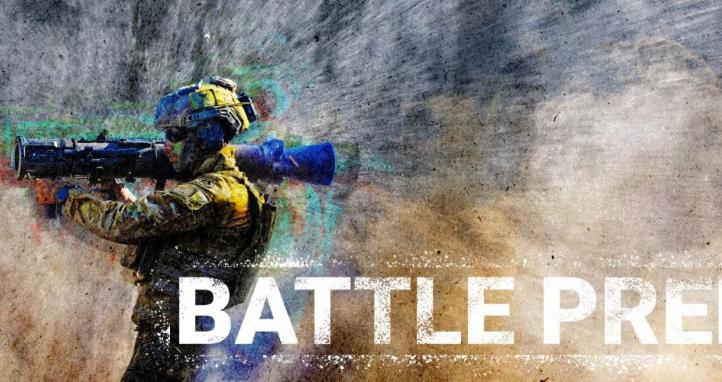
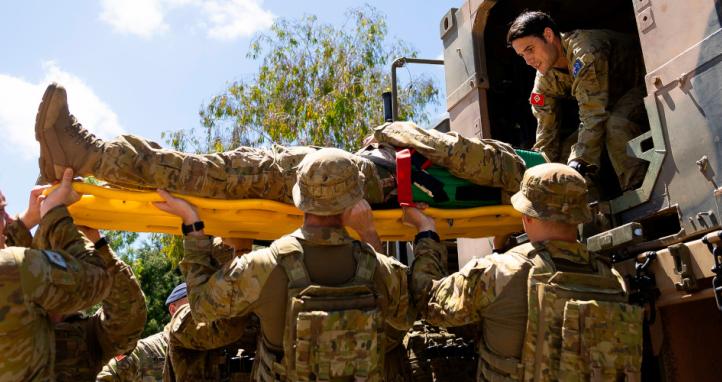
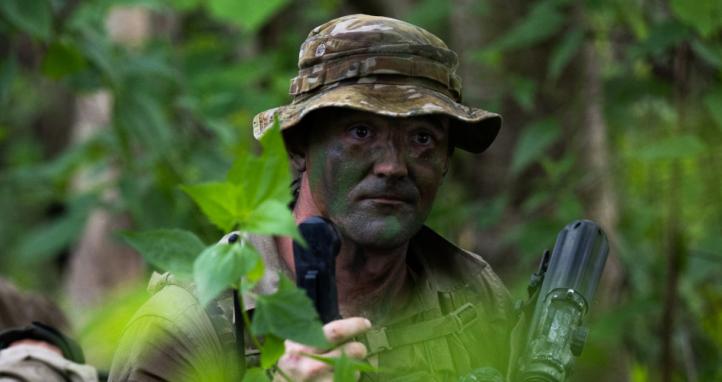
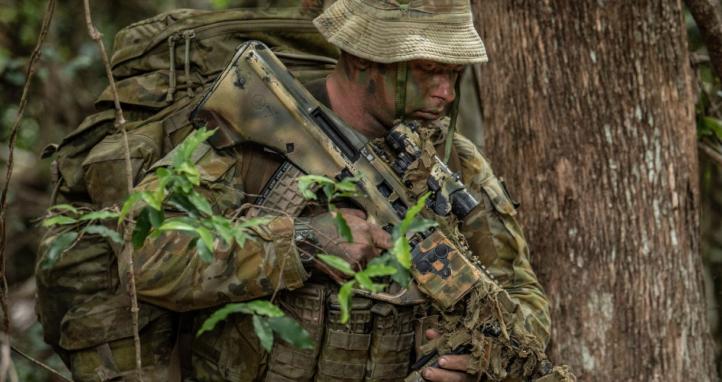
That's a great list, but I wonder if you have heard of our game, Assault on Gallipoli? It's a two-player strategic wargame that covers the key battles of the Gallipoli Campaign. The first edition sold out in December 2022. A second edition was published by Hexasim in 2024. Details are listed below. Many thanks. Kieran Oakley, https://boardgamegeek.com/boardgame/370073/assault-on-gallipoli-the-anzac-landing-campaign-19
The 91 DSSB Staff Game is not commercially available; I would have made it available as a free print-and-play game but simply haven't gotten around to posting it to my website or making a Boardgamegeek entry for it.
I will do that soon; meanwhile if you want a copy please contact me through http://brtrain.wordpress.com or brian.train(at)gmail.com.
And there is a BGG entry now too: https://boardgamegeek.com/boardgame/449568/91-dssb-staff-game
I have one amendment for you however, the link to 'This War of Mine' is to the video game which inspired the board game. Here is the board game geek article for the board game:
https://boardgamegeek.com/boardgame/188920/this-war-of-mine-the-board-game